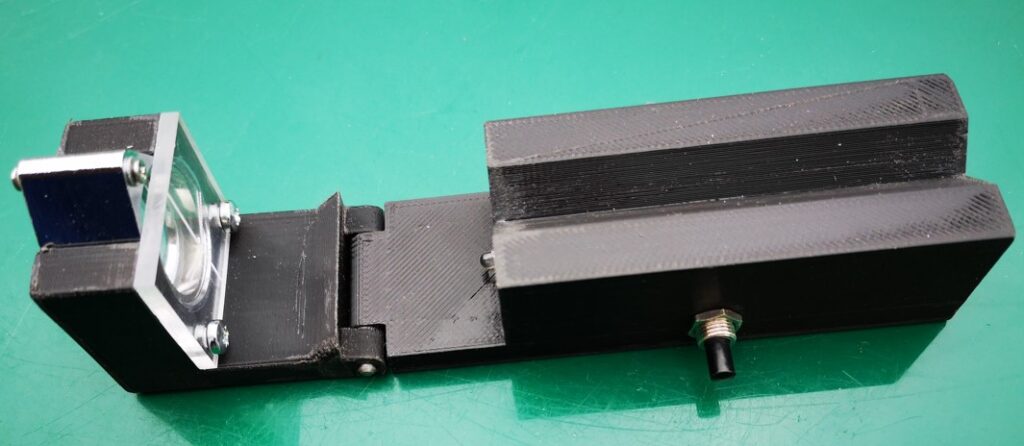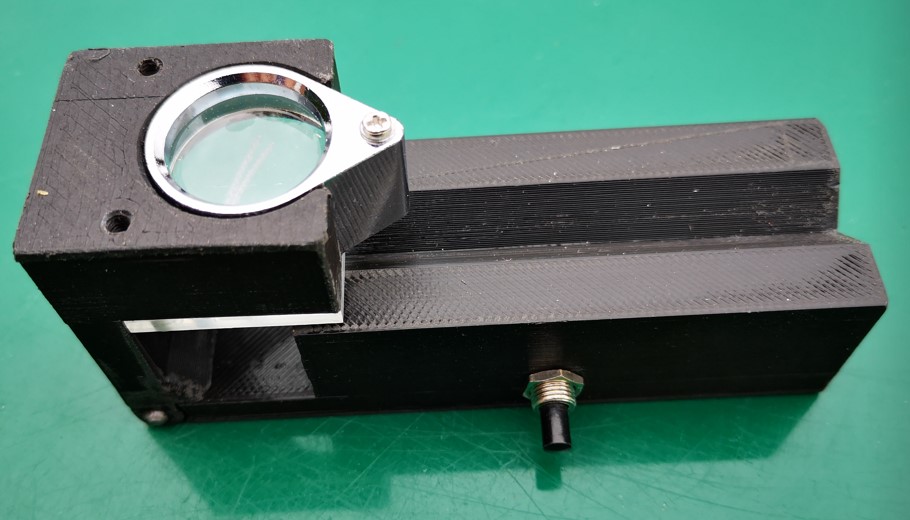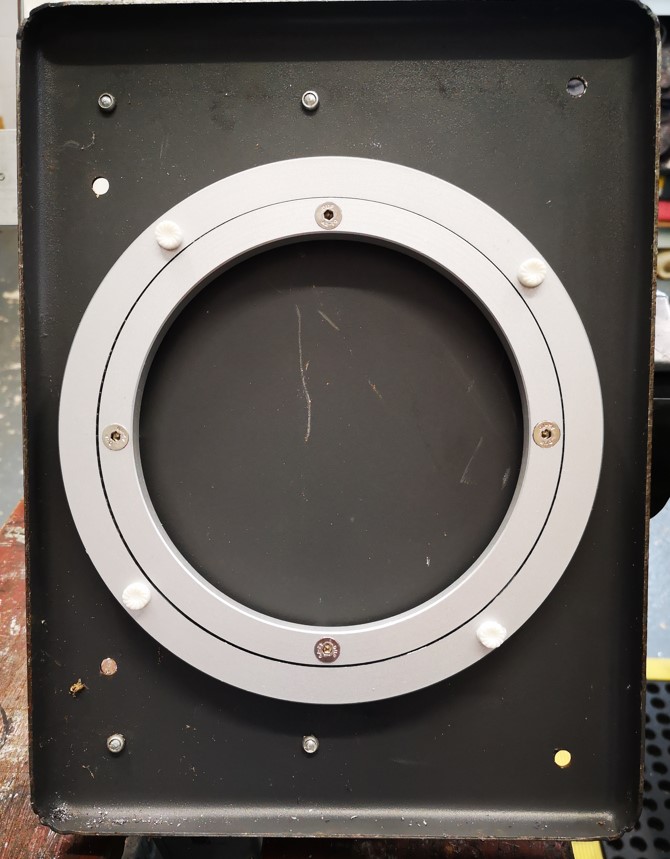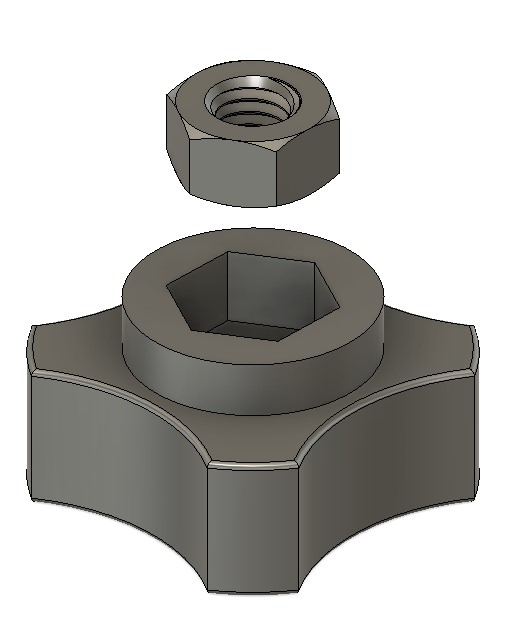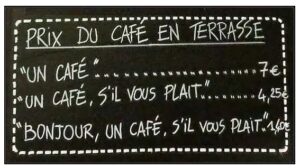Experiences with garden irrigation water pumps
First of all some background and then the techie bit at the end.
Some years ago while we had extension building work undertaken on our house we opted to install a large underground plastic water storage tank (>3000 litres). This was supplied complete with tank and submersible pump from Rain Water Harvesting. The tank is topped up with water from all the house roof down pipes. The water stored is used for all external water demands such as garden watering and car washing etc. We get a discount on our local authority water rates for having such an installation.
The house is fairly old and some months after the extension work was completed we began work clearing the garden. In the process of this clearance we discovered a cast iron manhole cover buried deep in the vegetation. On lifting the manhole cover we discovered … another underground water storage tank. This was of brick construction with a cement skimmed surface and doing some quick calculations appeared to be a similar volume to our recently installed new tank. The tank appears to have perhaps fed a hand pump or similar but it is unclear where the incoming feed originated. We added some new guttering to an adjacent building and the run off from this roof now tops up the old tank. Here is a view to the murky depths with the new pump and incoming feed installed.

The original pump suppled by RWH eventually began to give problems and started to blow the electrical breaker. RWH were very helpful and a new pump was supplied and installed. After some period of time it also began to become erratic in starting up when it saw demand. A third pump was then bought and installed. I also bought a maintenance kit for the second pump and then installed it in the old brick tank. The maintenance kit was very good and includes a new Hall Effect switch to sense flow demand. RWH support fitting the maintenance kit with some very good instructional videos. The second pump worked for a good period in the old tank but then started to blow the associated electrical breaker.
Rather than buy yet another RWH pump I opted for a more expensive solution from Pump Technology who are a local company servicing industrial pump applications. The new pump (Divertron 1200X) was more expensive but does appear to be of a much more professional build quality. It stands vertically in the tank and has a floating inlet pipe which ensures the water is drawn into the pump at surface water level rather than from the murky depths where all the accumulated silt sits. So far both new pumps are behaving well and have been a boon to keep the veg plot irrigated in the current very hot period.
The important issue that comes to light is the logic of the pump demand sensing logic.
The pumps sit quiescently at the bottom of the tank and look for a flow in the output pipe in order to turn on to meet the demand. They also have protection circuitry that detects against what they interpret as leaks which would lead to the pump hunting and potentially overheating. After a number of hunting starts the pumps go into reset mode and need a power reset. Similarly if the tank runs dry they also switch off. The problem with the logic occurs where you have a dribble irrigation system or a leaking tap union. The dribble irrigation nozzles do not give a full flow so the pump hunts for a number of times to satisfy demand then interpret this intermittent demand as a leak and switches off. Likewise if you have a leaking tap union the pump sees this and eventually switches off. If you are trying to protect your veg plot using timed irrigation both these problems cause the pump to switch off and only work again after a power reset. This doesn’t help when you are out of the country and believe your garden produce is being watered.
Clearly weeping tap unions can be fixed so that clears that problem but a dribble system is more of a problem. My solution is to mask the presence to the pump of the dribble system by having it timed to run in parallel with the main sprinkler system. This seems to fix the problem and no more ‘hard bounces’ are then needed to the pump electrics.
The other method of solving both intermittent demand sources is to fit a pressure vessel in the pump output feed. This acts like a water based ‘capacitor’. The bladder in the pressure vessel fills with water at full pressure and then supports the dribble demands from leaky taps or dribble irrigation systems to mask the effects to the pump sensing logic. I have bought a pressure vessel but not installed it as yet.
My thanks to Rain Water Harvesting for all their support over the years and it will be interesting to see how the new style pump behaves long term. I believe RWH also offer the Divertron 1200 X pump.
Sorry if that was a bit boring but it might help someone somewhere who is having the same issues with erratic pump operation and resulting withered vegetables.
Links to similar or related post are listed below : –


